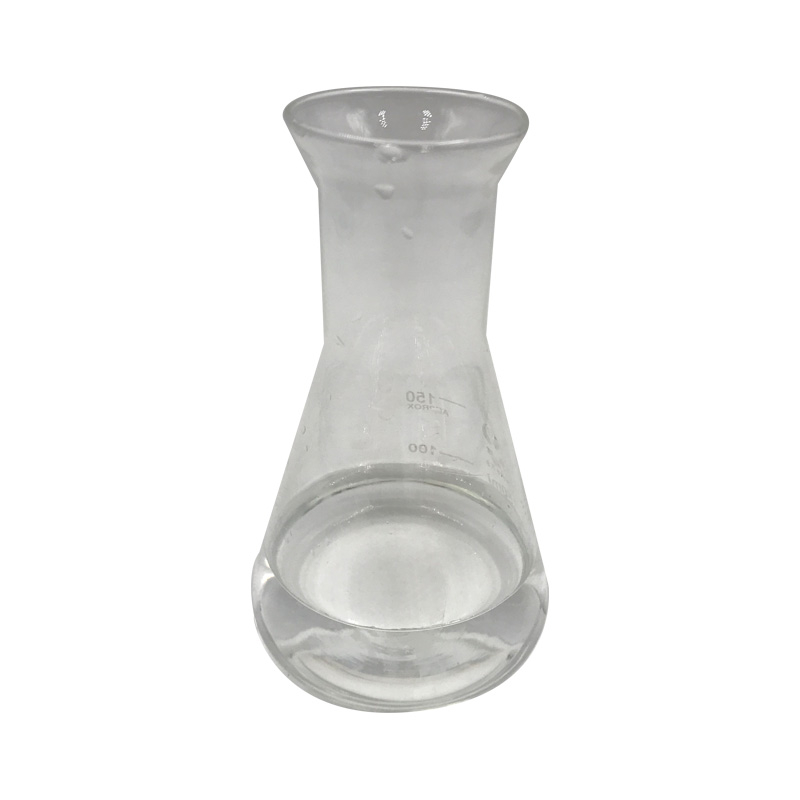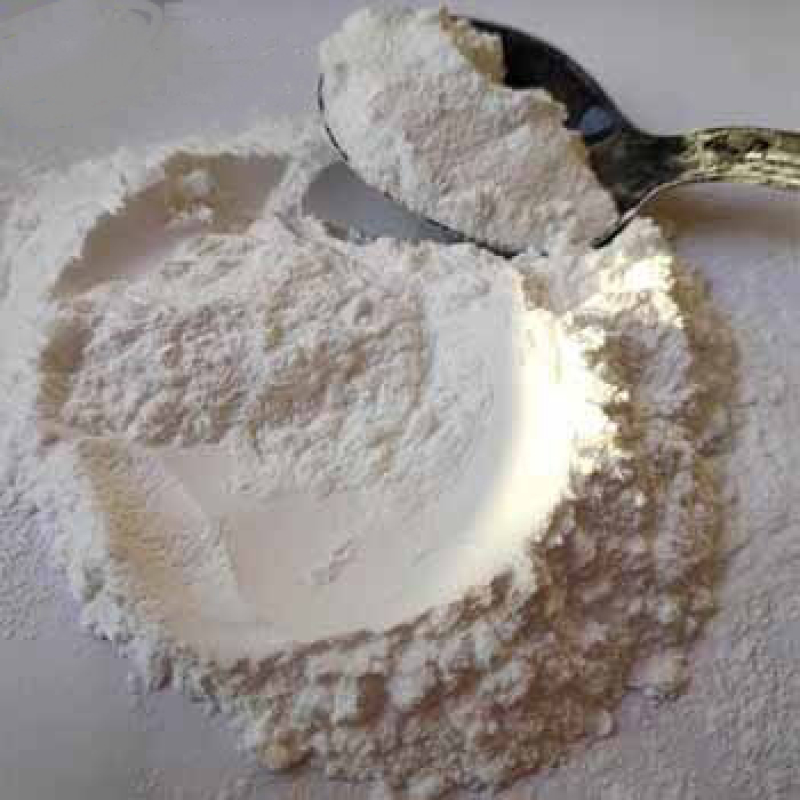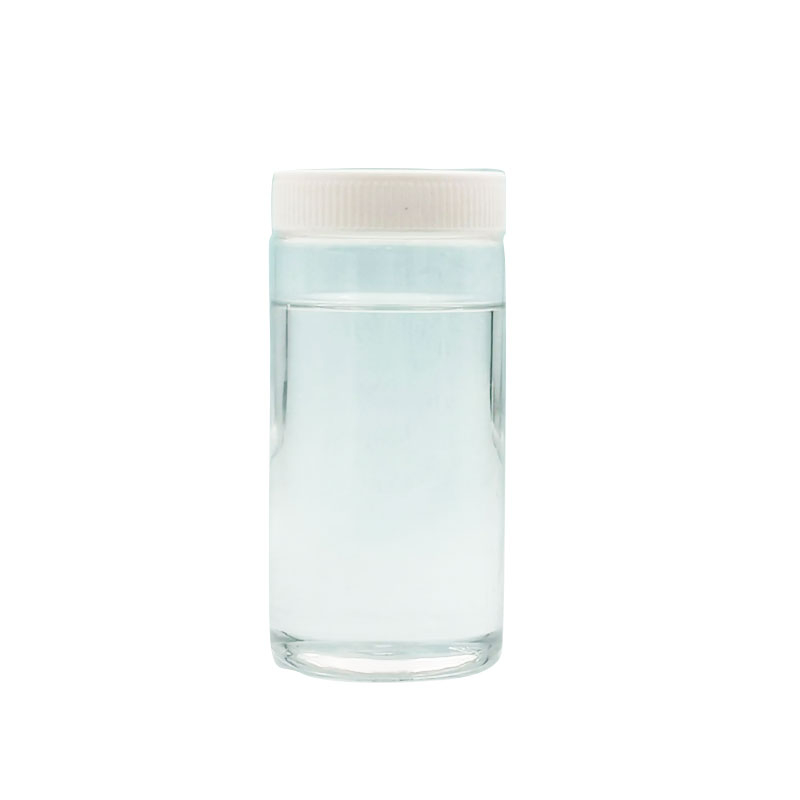Acrylonitrile CAS#107-13-1 Acrylonitrile is a colourless, flammable liquid. Its vapours might also explode when uncovered to an open flame. Acrylonitrile does now not take place naturally. It is produced in very giant quantities through numerous chemical industries in the United States, and its requirement and demand are growing in latest years. Acrylonitrile is a closely produced, unsaturated nitrile.
Contact Now
Products Description of Cobalt carbonate CAS#513-79-1Red monoclinic crystals or powder. Almost insoluble in water, alcohol, methyl acetate and ammonia.
Contact Now
Products Description of Cobalt Acetate CAS#71-48-7Cobalt acetate is a purple-red crystal that is easily deliquescent and is soluble in water, acid and ethanol.Cobalt acetate Chemical PropertiesMelting point 298 °C (dec.)(lit.)density 1.7043g/cm3solubility Aqueous Acid (Slightly), Water (Slightly)form Powdercolor Pale pink to purpleWater Solubility Soluble in water, alcohol, dilute acids and pentyl acetate(tetrahydrate).Sensitive HygroscopicMerck 14,2433Stability:HygroscopicInChIKeyQAHREYKOYSIQPH-UHFFFAOYSA-LLogP-0.285 (est)CAS DataBase Referenc
Contact Now
Products Description of Thiabendazole CAS#148-79-8Thiabendazole is commonly known as Teketol, Thiabendazole, Thiabendazole, Thiabendazole, and Thiabendazole. It has systemic apical conductivity, but cannot conduct to the base. It has a long lasting effect and has cross-resistance with benzimidazole fungicides. It has inhibitory activity against ascomycetes, basidiomycetes and deuteromycetes and is used to prevent and treat various crop fungal diseases and preserve fruits and vegetables.
Contact Now
Products Description of Methyl Tributyl Ammonium Chloride CAS#56375-79-2Methyltributylammonium chloride, also known as tributylmethylammonium chloride, has a molecular formula of C13H30ClN, a molecular weight of 235.84, and a CAS registration number of 56375-79-2.
Contact Now
Aluminum Oxide CAS#1344-28-1 The oxide of aluminum is Al2O3. The natural crystalline mineral is called corundum, but the synthetic crystals used for abrasives are designated usually as aluminum oxide or marketed under trade names. For other uses and as a powder, it is generally called alumina.
Contact Now
Products Description of 2-Aminobenzotrifluoride CAS#88-17-5O-aminotrifluorotoluene is a colorless or light yellow transparent liquid with a relative density of 1.282, a melting point of 34-35°C, and a boiling point of 174-175°C. It is slightly soluble in water and easily soluble in organic solvents such as alcohol and ether. It is the most popular chemical product in recent years.
Contact Now
Products Description of Isobornyl acrylate CAS#5888-33-5Isobornyl acrylate, abbreviated as IBOA, has attracted people's attention in research and application in recent years as a functional acrylate monomer due to its special structure and performance.
Contact Now
Products Description of SILICA CAS#10279-57-9Used as filler for paints and coatings, rubber reinforcing agent, plastic tackifier and thixotropic agent, thickener for synthetic grease and silicone greaseSILICA Chemical PropertiesMelting point 1610 °C(lit.)Boiling point >100 °C(lit.)density 2.6 g/mL at 25 °C(lit.)refractive index n20/D 1.544(lit.)storage temp. no restrictions.form tablets (~0.5 g each)Water Solubility Insoluble in water.Exposure limitsNIOSH: IDLH 3000 mg/m3; TWA 6 mg/m3EPA Substance Registry SystemSilica, h
Contact Now
Products Description of Ambroxane CAS#6790-58-5Ambroxan is one of the most important components of natural ambergris and has been identified in the aromatic components of ambergris tinctures. Ambroxan has a strong, rich ambergris aroma with mild woody notes. Very good fixative, fragrance with ambergris flavor, as a substitute for natural ambergris. Ambergris is a whale excrement found on beaches and is no longer used in perfume production for ethical reasons. Natural ambroxan is used in perfumes and was discovered in 1949.
Contact Now
Products Description of Hexamethylene diacrylate CAS#13048-33-4This product is a bifunctional monomer with low skin irritation, low shrinkage and high activity.
Contact Now
Products Description of L-Histidine hydrochloride monohydrate CAS#5934-29-2White crystals or crystalline powder. Odorless. Slightly sour and bitter. Melts and decomposes at about 250% (after drying). Stable in nature. Aqueous solution is acidic (pH 3.5-4.5). Easily soluble in water (39g/100ml, 24℃), much more solubility in water than L-histidine. Insoluble in ethanol and ether. It is a quasi-essential amino acid (essential amino acid for infants and young children), and is synthesized slowly in the human body. Lack of it can lead to developmental delay, eczema and other symptoms.
Contact Now
Products Description of 2,4-Dichloropyridine CAS#26452-80-22,4-Dichloropyridine is mainly used in pharmaceutical and biochemical industries.2,4-Dichloropyridine Chemical PropertiesMelting point -1 °CBoiling point 189-190 °C (lit.) 76-78 °C/23 mmHg (lit.)density 1.37refractive index 1.55-1.554Fp 189-190°Cstorage temp. Inert atmosphere,2-8°Csolubility Chloroformform Yellow to Pale Orange Liquidpka0.12±0.10(Predicted)color Colorless to Red to GreenBRN 108666InChIKeyTYPVHTOETJVYIV-UHFFFAOYSA-NCAS DataBase Reference26452-80-2(CAS DataBase Refer
Contact Now
Products Description of Silver acetate CAS#563-63-3Silver acetate is an off-white solid powder at room temperature and pressure. It has average solubility in water. 1L of water can dissolve about 10.2g of silver acetate. It has good solubility in organic solvents such as ethanol, methanol and acetone.
Contact Now
Products Description of Iminodibenzyl CAS#494-19-9Iminodibenzyl is a chemical substance with the molecular formula C14H13N.Iminodibenzyl Chemical PropertiesMelting point 105-108 °C (lit.)Boiling point 321.94°C (rough estimate)density 1.0778 (rough estimate)refractive index 1.6353 (estimate)storage temp. Keep in dark place,Sealed in dry,Room Temperaturesolubility Chloroform (Slightly), Ethyl Acetate (Slightly, Heated), Methanol (Slightly)form Crystalline Powderpka0.83±0.20(Predicted)color Yellow to beigeBRN 152732LogP4.27CAS DataBase Reference49
Contact Now
Sodium carbonate CAS#497-19-8Overview:Sodium Carbonate, with the chemical formula Na2CO3 and CAS number 497-19-8, is a widely recognized chemical compound known for its diverse applications across various industries.
Contact Now
Ethylene glycol CAS#107-21-1It is colorless obvious viscous liquid with candy style and moisture absorption capability. It is additionally miscible with water, low-grade aliphatic alcohols, glycerol, acetic acid, acetone, ketones, aldehydes, pyridine and comparable coal tar bases.
Contact Now
Products Description of Octadecanethiol CAS#2885-00-9Octadecanethiol, molecular formula C18H38S.Octadecanethiol Chemical PropertiesMelting point 30-33 °C(lit.)Boiling point 204-210 °C11 mm Hg(lit.)density 0.847 g/mL at 25 °C(lit.)vapor pressure <0.5 hPa (20 °C)refractive index n20/D 1.3610Fp 55 °Fstorage temp. Store below +30°C.form Crystalline Solidpka10.49±0.10(Predicted)Specific Gravity0.832 (30℃)0.847color WhiteWater Solubility InsolubleBRN 1811934Exposure limitsNIOSH: Ceiling 0.5 ppm(5.9
Contact Now
Products Description of Benzyltributylammonium bromide CAS#25316-59-0Benzyl tributylammonium bromide is an organic substance with the chemical formula C19H34BrN, a white powder.
Contact Now
Products Description of Benzyltributylammonium bromide CAS#25316-59-0Benzyl tributylammonium bromide is an organic substance with the chemical formula C19H34BrN, a white powder.
Contact Now
Products Description of Phosphorous acidCAS#13598-36-2Colorless crystals. Easily soluble in water and alcohol.Phosphorous acid Chemical PropertiesMelting point 73 °CBoiling point 200 °Cdensity 1.651 g/mL at 25 °C(lit.)vapor pressure 0.001Pa at 20℃Fp 200°Cstorage temp. 0-6°Csolubility DMSO (Slightly), Methanol (Slightly), Water (Sparingly)form CrystalspkapK1 1.29; pK2 6.74(at 25℃)Specific Gravity1.651color WhiteWater Solubility SOLUBLESensitive Air Sensitive & HygroscopicMerck 14,7346Stability:Stable.
Contact Now
Products Description of 3-Amino-4-bromo-6-chloropyridazine CAS#446273-59-23-Amino-4-bromo-6-chloropyridazine is a chemical substance with the chemical formula C4H3BrClN3. 3-Amino-4-bromo-6-chloropyridazine CAS#446273-59-2 Chemical PropertiesBoiling point 385.4±37.0 °C(Predicted)density 1.960storage temp. under inert gas (nitrogen or Argon) at 2–8 °Cpka1.93±0.10(Predicted)form powdercolor Light brown to brownSafety InformationHazard Codes TRisk Statements 25Safety Statements 45RIDADR UN2811HS Code 2933998090Product Application of
Contact Now
Products Description of Tert-Butyl 1-piperazinecarboxylate CAS#57260-71-6In modern chemical pharmaceuticals, 1-tert-butyloxycarbonylpiperazine plays a very important role because it is an important basic chemical raw material for many antitussive drugs, antiallergic drugs, antipsychotic drugs, antibacterial drugs, various pesticides, etc.
Contact Now
Products Description of Cetrimide CAS#8044-71-1Cetrimonium bromide is in the form of white or light yellow crystals or powder, easily soluble in isopropyl alcohol and water, produces a large amount of foam when shaken, has good compatibility with cationic, nonionic and amphoteric surfactants, and has excellent penetration, softening, emulsification, antistatic, biodegradability and bactericidal properties.Cetrimide Chemical PropertiesMelting point 245-250 °C(lit.)solubility H2O: 10 % (w/v)CAS DataBase Reference8044-71-1(CAS DataBase Reference)Safety InformationHazard C
Contact Now
































